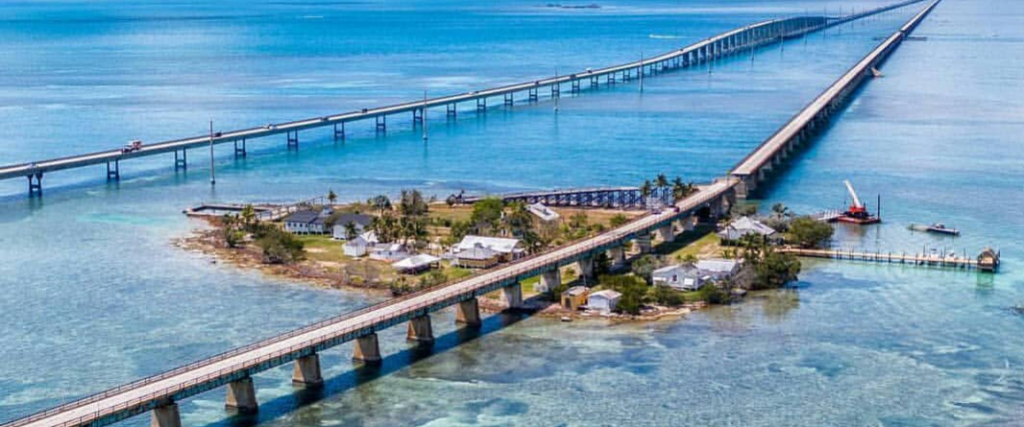In this new series, “The History of the Florida Keys” we will be highlighting various Keys and sharing some info on how these particular islands got their names and how they became significant in the growth and development of the Florida Keys. With over 1,700 Keys and some with very interesting names, there is a rich and unique history behind each Key and we will aim to uncover some facts about each.
We will start with the northernmost and easternmost Keys and continue to make our way west across the Overseas Highway.
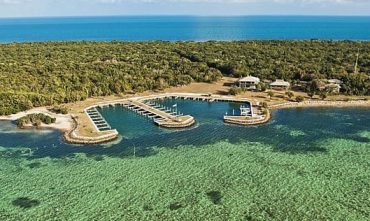
Elliot Key
Elliot Key is believed to be an early refuge for both pirates and slaves. Like many other keys it was originally named after a sailboat that shipwrecked ashore before being later renamed to Elliott Key. The key was later settled and inhabited by pineapple plantations which saw decent success in exporting their fruits up north. Now Elliot Key is uninhabited and only accessible by boat. There is a national park service campground and sandbar that are enjoyed by visitors.
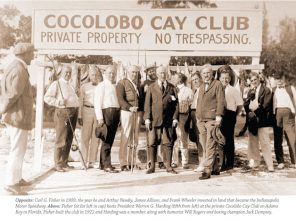
Adams Key
Adams Key is at the base of Elliot Key and is said to be the base for legendary pirate “Black Caesar” who lends his name to nearby Caesar Creek. The key was originally named Cocolobo Key and a resort called Cocolobo Cay Club was a mainstay on the island until it was completely demolished by Hurricane Andrew, which made landfall right over Adams Key in 1992.
Rubicon, Reid, Totten & Old Rhodes Keys
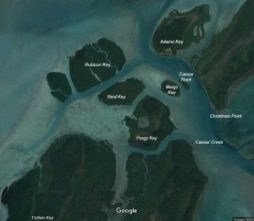
This collection of keys extends south from Elliot & Adams Keys and are all a part of Biscayne National Park in Miami-Dade County. Separated by a Creek, Rubicon Key was named after the tale where Julius Caesar crossed the Rubicon River in Italy. Reid Key dons its name from an earlier settler while Totten Key is said to be named after General Joseph Totten who was an engineer in the U.S. Army in the mid 1800s. Old Rhodes Key had earlier names of Old Road Key and Jennings Key before landing on its current name.
Key Largo
One of the most famous Keys, Key Largo spans 33 miles in the Upper Keys and is considered by many to be the true entryway to the Keys from “The Stretch” which connects to Miami-Dade county. Its Spanish name is “Cayo Largo” which means “Long Key”. The 1948 film “Key Largo” and Beach Boys song “Kokomo” which features Key Largo in the chorus both attributed to the notoriety of Key Largo nationwide. Key Largo serves as a major residential area for many Keys locals as well as a huge resort and vacation destination.
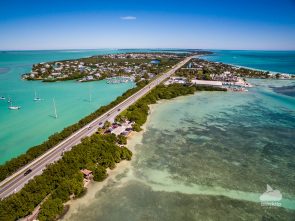
As we move west, some of the Key names become more interesting and mysterious, so stay tuned for the next part in the series!
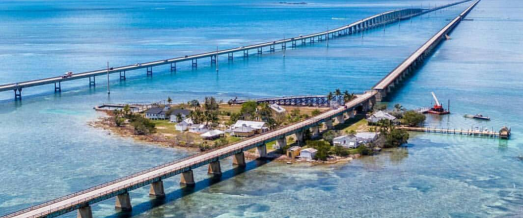
Cover photo provide by @photograndes


